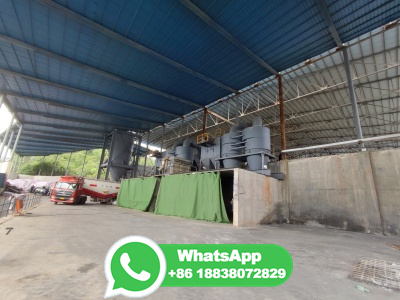Iron ore pelletizing
Our iron ore pelletizing systems combine the best features of both technologies to provide the most modern plant and to produce pellets at the lowest cost and highest quality. Pellet plants sized from to 9MTPA. Engineering and design of complete plants from ore receiving to pellet discharge. Supply of the main pelletizing and indurating ...






























